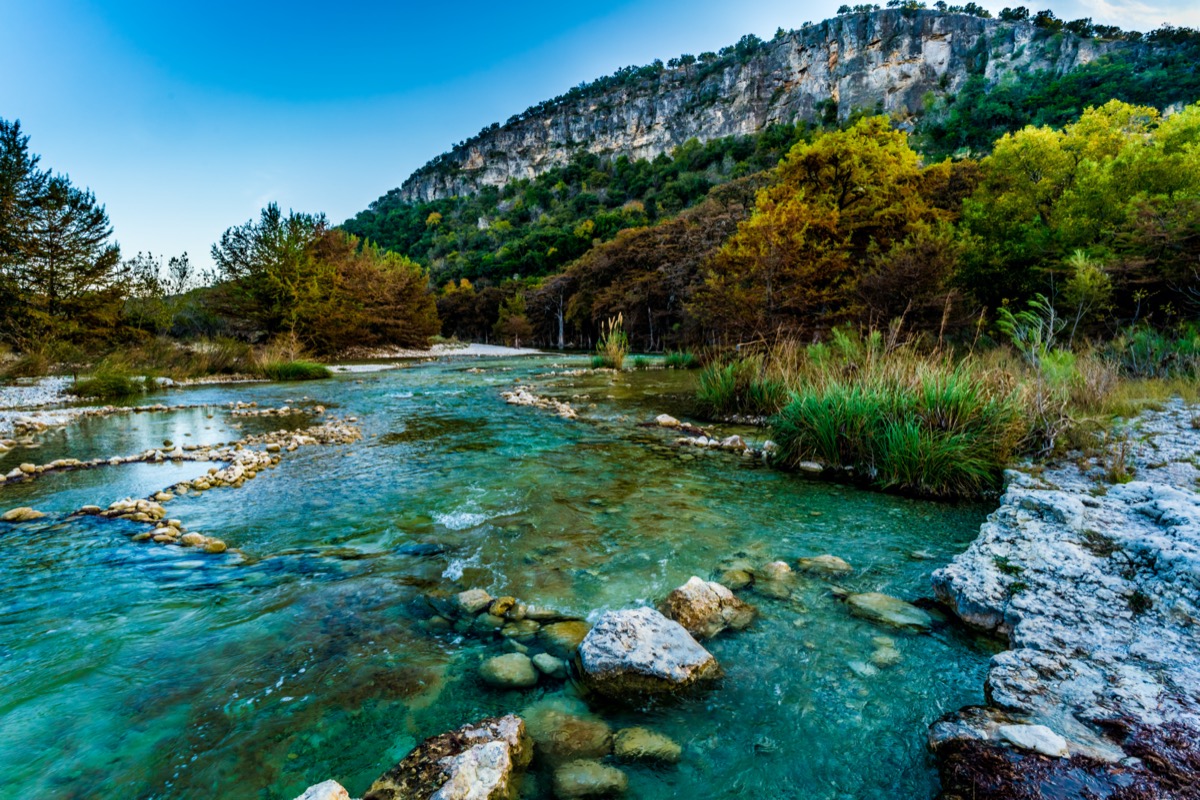Speaking to DeseretNews.com, Utah State University Extension wildlife specialist Terry Messmer, PhD, explained that due to recent wildfires and drought conditions, residents of Utah are more likely to encounter snakes in residential and recreation areas this summer.ae0fcc31ae342fd3a1346ebb1f342fcb “We’re getting calls earlier this year than ever,” said Messmer. “All of them occurred in early June, while other incidences of snake sightings and bites were in later June in previous years. One deadly incident last year was with a person who was out recreating on trails, and these are all sightings in parks.” The Utah Division of Wildlife Resources (DNR) notes that, during the summer, individuals are more likely to stumble upon a snake—including the five types of rattlesnake native to the state—on their property as the animals seek out water and food, which are typically plentiful in close proximity to humans. However, there are a number of ways to reduce your risk of a venomous snake encounter turning dangerous. The Utah DNR recommends staying at least five feet from a rattlesnake if you see one, not throwing anything at a rattlesnake or attempting to kill it, clearing your yard of debris where snakes can hide, and keeping rodent populations at bay to avoid attracting rattlesnakes seeking food. And while it may not be welcome advice to the snake-averse, the DNR suggests not trying to rid your property of non-venomous snakes, as the presence of another type of snake may prevent rattlesnakes from taking up residence. While Utahns may be more likely to discover snakes in or around their homes this year, the state has long been a haven for the often frightening reptiles. According to a 2016 study published in the journal Pediatrics, Utah—a state that’s home to 31 native varieties of snake—ranked 23rd among U.S. states for pediatric snake bites between 2000 and 2013, with 89.5 total snake bites per one million residents. However, the state’s snake bite statistics pale in comparison to other U.S. locales. Read on to discover where you’re most likely to be bitten by a snake in the U.S. RELATED: 6 Things That Are Bringing Snakes Into Your Home. Proportion of total pediatric snake bites: 7 percent Rate of pediatric snake bites per million: 69.7 For the latest summer safety news delivered straight to your inbox, sign up for our daily newsletter! Proportion of total pediatric snake bites: 9 percent Rate of pediatric snake bites per million: 357.2 Proportion of total pediatric snake bites: 10 percent Rate of pediatric snake bites per million: 223.6 Proportion of total pediatric snake bites: 16 percent Rate of pediatric snake bites per million: 208.4 RELATED: If You Live in These States, Brace Yourself for More Copperhead Snakes.



